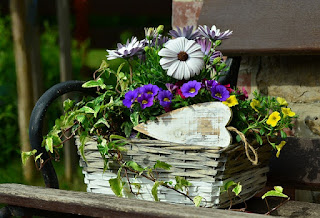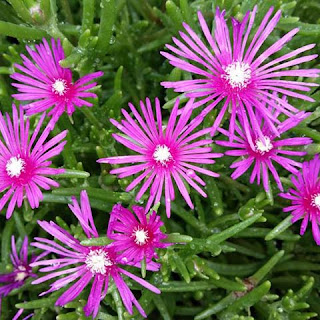5 ways to make a little extra cash
Life is a drag when you’re stuck indoors. Maybe it’s freezing outside and you’d rather not be in it. Or, perhaps you’re avoiding exposure to viruses. If you love working with plants, you can do it while sequestered or hibernating. With a little imagination, you can make some money on the side, too.
Potted ivy, for example, presents lots of possibilities. Here are 5 things you can do for fun and profit.
- Make topiaries for sale or rent. Most ivy varieties are ideal topiary subjects. Topiary frames are readily available. The simplest are heart-shaped or circular wreaths. Buy them online or make them yourself. Ivy vines can be trained against them and grown until they’ve filled out and ready to sell. Thankfully, ivy doesn’t take too long to grow. Sell them at local farmer’s markets, craft shows, to florists or online.
- Create planters for indoors or out. Ivy is gorgeous when cascading over the sides of hanging baskets and window planters. Ready-made gardens like these can be very popular with people who want people who have limited time or energy to create their own. Instant gratification satisfies.
- Dress ivies in 3-1/2 inch pots with colorful fabrics. Sell them to wedding planners for table decorations or wedding favors.
- Stuff little pots of ivy in vintage wall pockets. These will enhance any decor. The ivy adds value to these simple decorative objects. Market them to craft shops and antique stores.
- Take cuttings, root and sell them. If you have several ivy plants, you’ll eventually need to prune them. The cuttings can be sold rooted or unrooted on internet marketplace platforms. Because they’re small, the cuttings are easily shipped to buyers just about anywhere.
With a little ingenuity, you can turn your interest in plants to a profitable side gig for a little extra cash.
Return to GoGardenNow.com.








